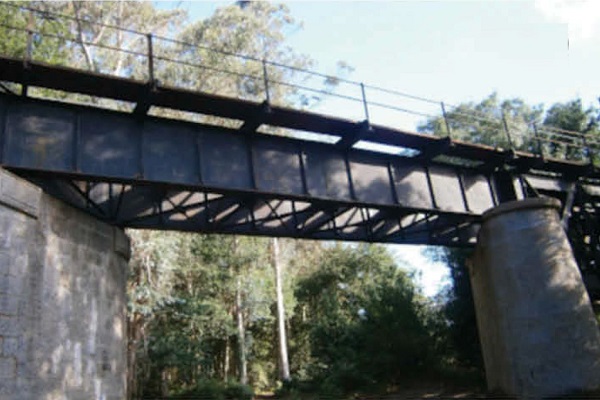Bridges are especially vulnerable assets: a large part of the European bridge stock is reaching the end of its design service life and at the same time bridges are frequently subjected to corrosive and abrasive environments that accelerates damage.
Numerical models have been demonstrated to serve as powerful tools to predict the current degree of damage and safety based on the actual condition of the structure. However, accurate numerical model development is still a challenge. Among other reasons, model input uncertainties can cause large differences between the numerical model predictions and the actual measured response from the structure.
These discrepancies can be reduced significantly when proper model updating techniques are adopted. These techniques require acquiring various data representing the actual response of the structure, accurate geometric description and revision of assembly of the components, updated properties of materials, etc. LASTING project proposed the integration of various surveying and NDT techniques to build accurate numerical models of in-service bridges, which are later combined with vibration-based methods and probabilistic approaches to calibrate the numerical model produced. This paper presents several experiences in different ageing bridges in Spain where extensive experimental campaigns were carried out. Detailed descriptions about geometric data acquisition using LiDAR systems, ultrasounds, among other NDT techniques, combined with Operational Modal Analysis for the dynamic analysis of the structure are presented. The experiences gained with this project are now transferred to IM-SAFE project, so it will be discussed how this multidisciplinary research can contribute to reach safer bridges.

